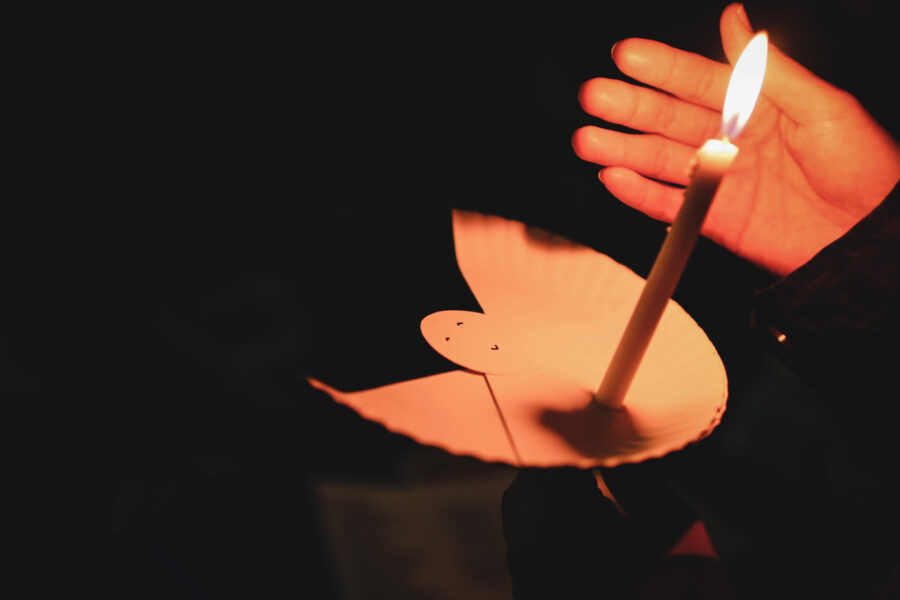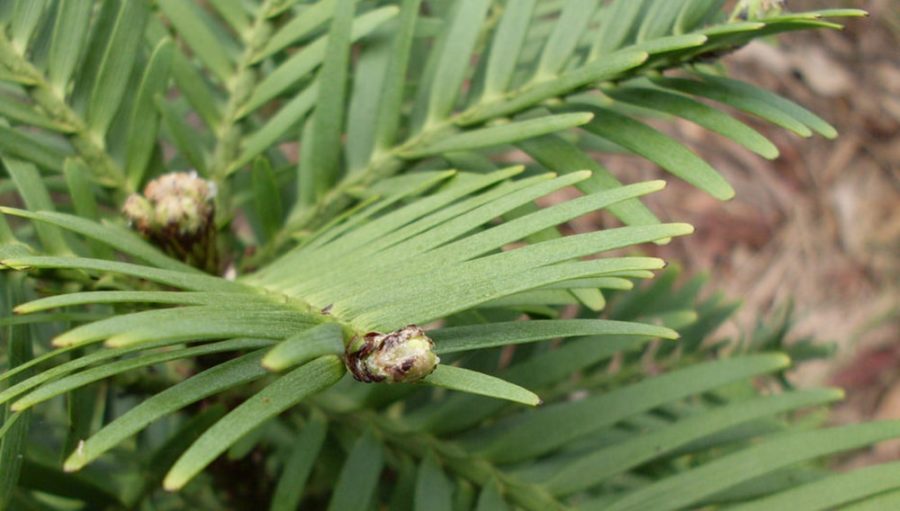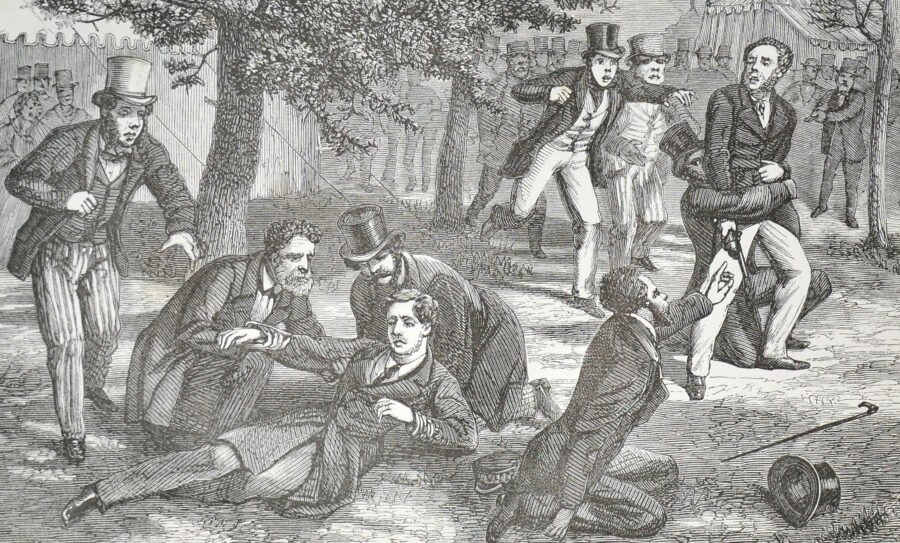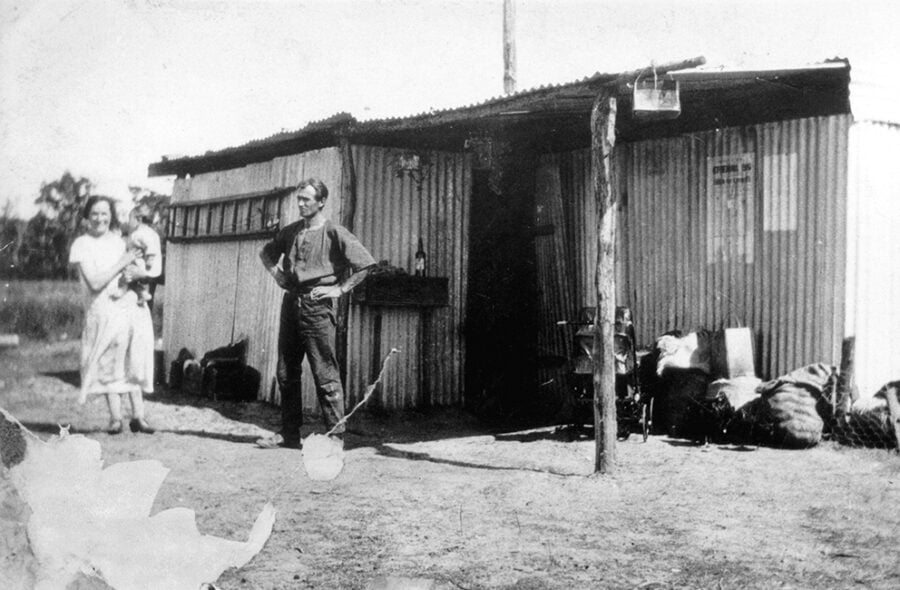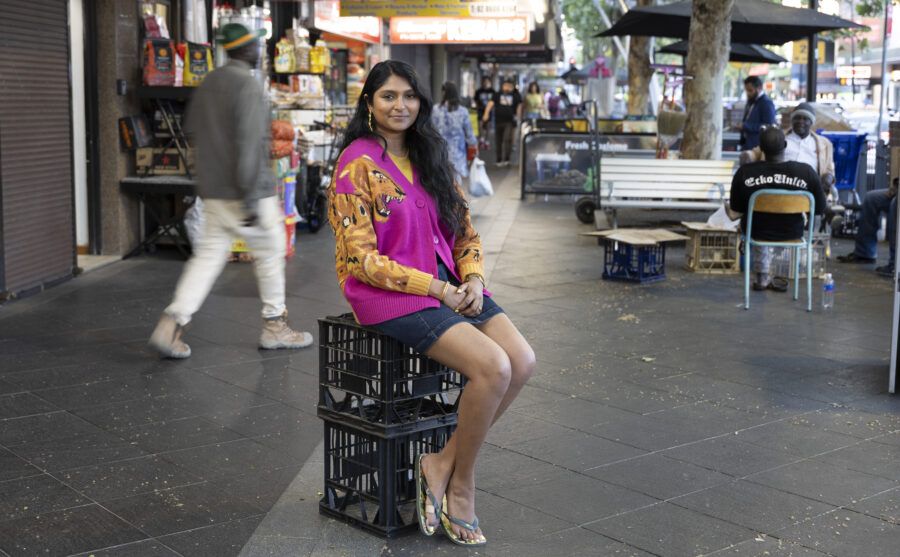A very Aussie Christmas
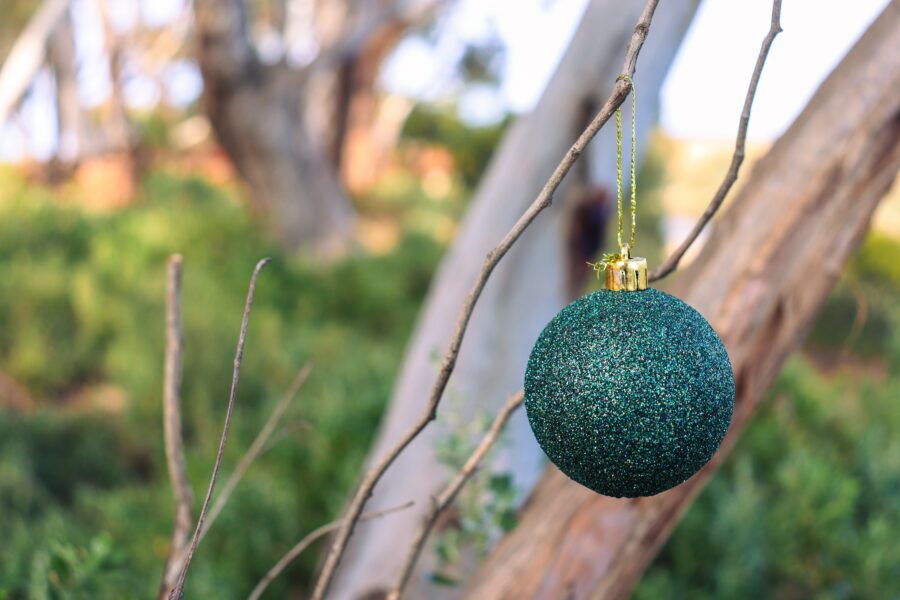
At this time of year, images of reindeer, snow and holly are never far away. So much of Australia’s Christmas culture is imported, either from the shining cities of North America, cosy quaintness of England, or frozen lakes and snowy pine expanses of northern Europe.
Although not everyone celebrates 25 December as Christmas Day, some Australian nature lovers are determined to position this continent’s unique wildlife in pride of place at the top of the Christmas tree and in the Yuletide stories and traditions of our often hot, often dry, (almost) never snow-white Australian festive season.
A wombat for Christmas
More than a few Christmases ago, much-loved Australian author Jackie French and illustrator Bruce Whatley published a playful Christmas-themed sequel to their popular Diary of a Wombat children’s book. In Christmas Wombat, one of the author’s beloved marsupials jostles its way onto Santa’s sleigh, competing with the reindeer for carrots as presents are delivered across the globe. So, how did a wombat end up rubbing paws with Rudolph and the jolly man in red?
“Wombats had become a big part of my life and Bruce’s over time, especially after we became grandparents,” Jackie explains. “Wombats are around every day, including Christmas Day. So, it seemed natural to have a Christmas wombat when the carrots are left outside [for the reindeer] on Christmas Eve.”
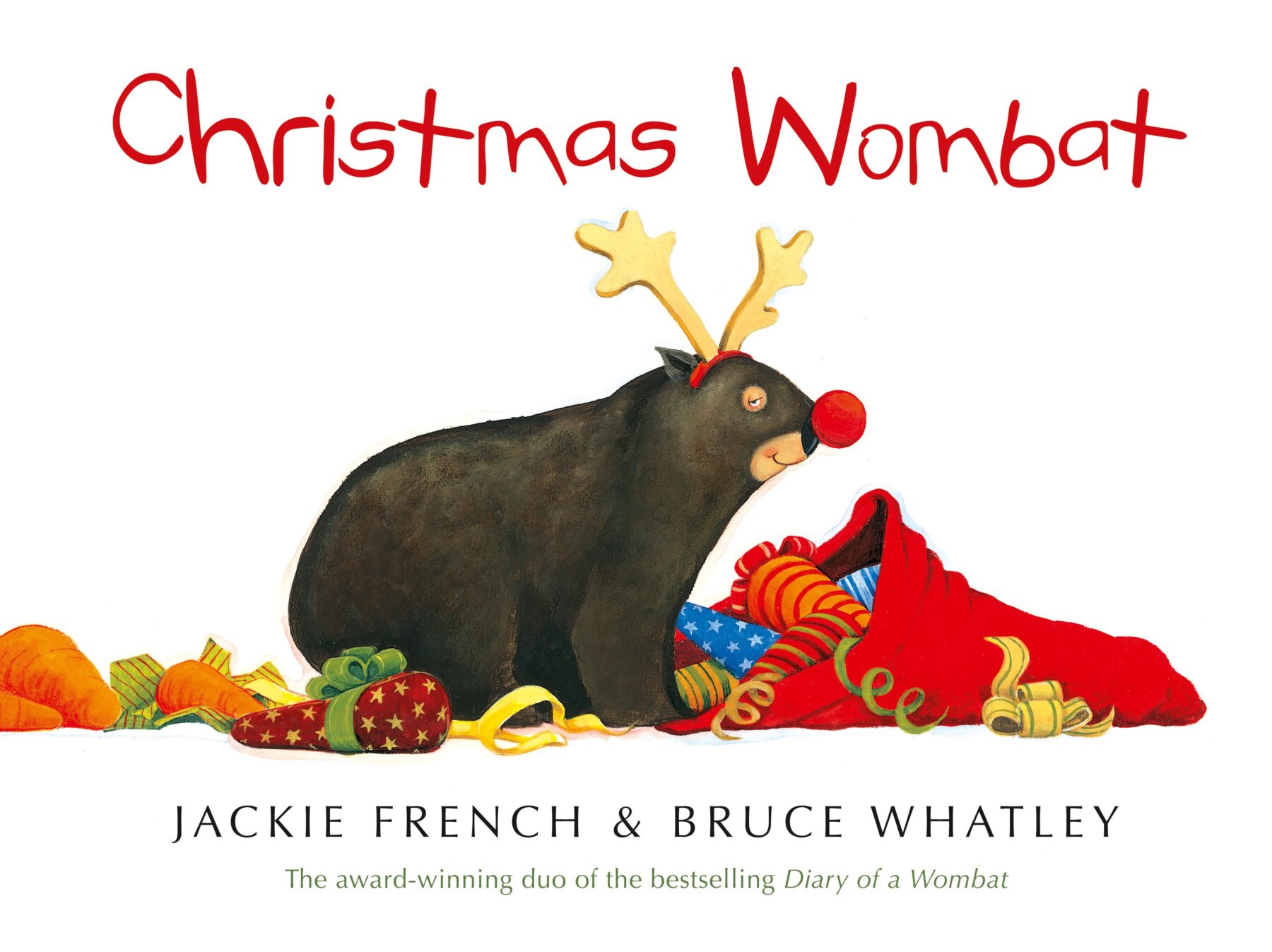
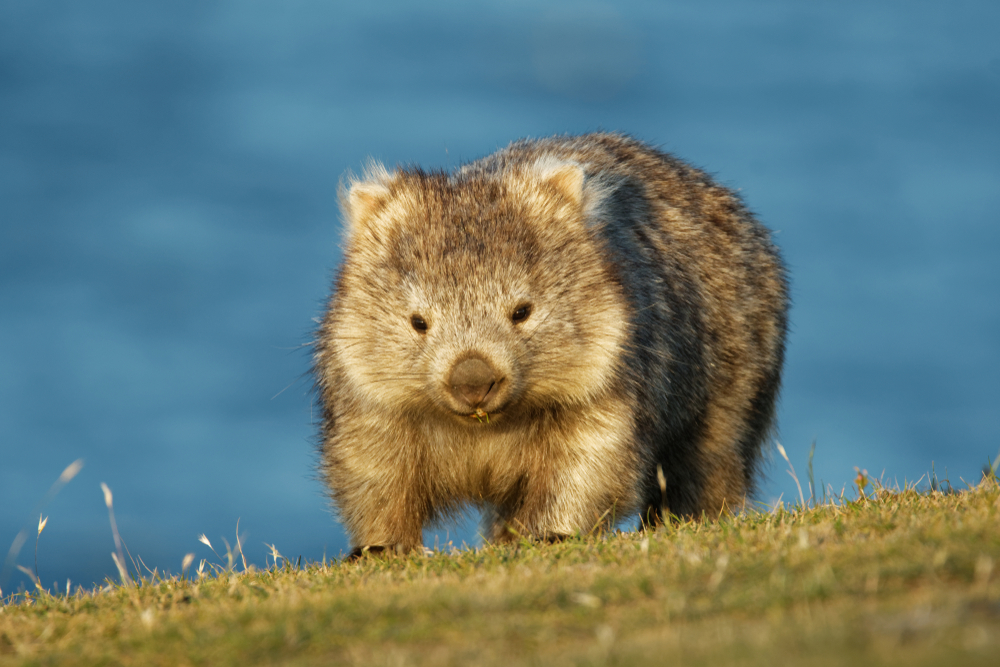
Christmas in Jackie French’s world, in both in her writing and in the community where she lives, is closely associated with Australian fauna and flora.
“I live in a rural area,” Jackie says. “Santa Claus comes every year, usually in a decorated ute with a great big sack of presents. You know Christmas is coming when the cicadas start singing and when Christmas beetles rain down on the roof.
“We have a tradition of using gum tree branches for a Christmas tree. And our Christmas tree is decorated with lots of wombats – angel wombats, wombats with red noses, and wombats with antlers.”
A native Christmas
Some nature advocacy organisations also hope to connect Australians with native wildlife at this time of year. The Nature Conservancy (TNC) Australia has compiled a dozen of Australia’s most festive animals and plants into its ‘12 Aussie Christmas Crackers of Nature’ list. The gorgeous red-capped robin makes the list, as does the intricately patterned Christmas spider, the migrating Christmas Island red crab and the green-and-red feathered king parrot.
“There is a lot of online traffic searching about Christmas at this time of year,” says Tony Jupp, TNC Australia’s Director of Conservation, “This list felt like a fun and playful way to connect people with nature at this time.
“I am a nature nerd. I had so much in my head to draw from to celebrate.”
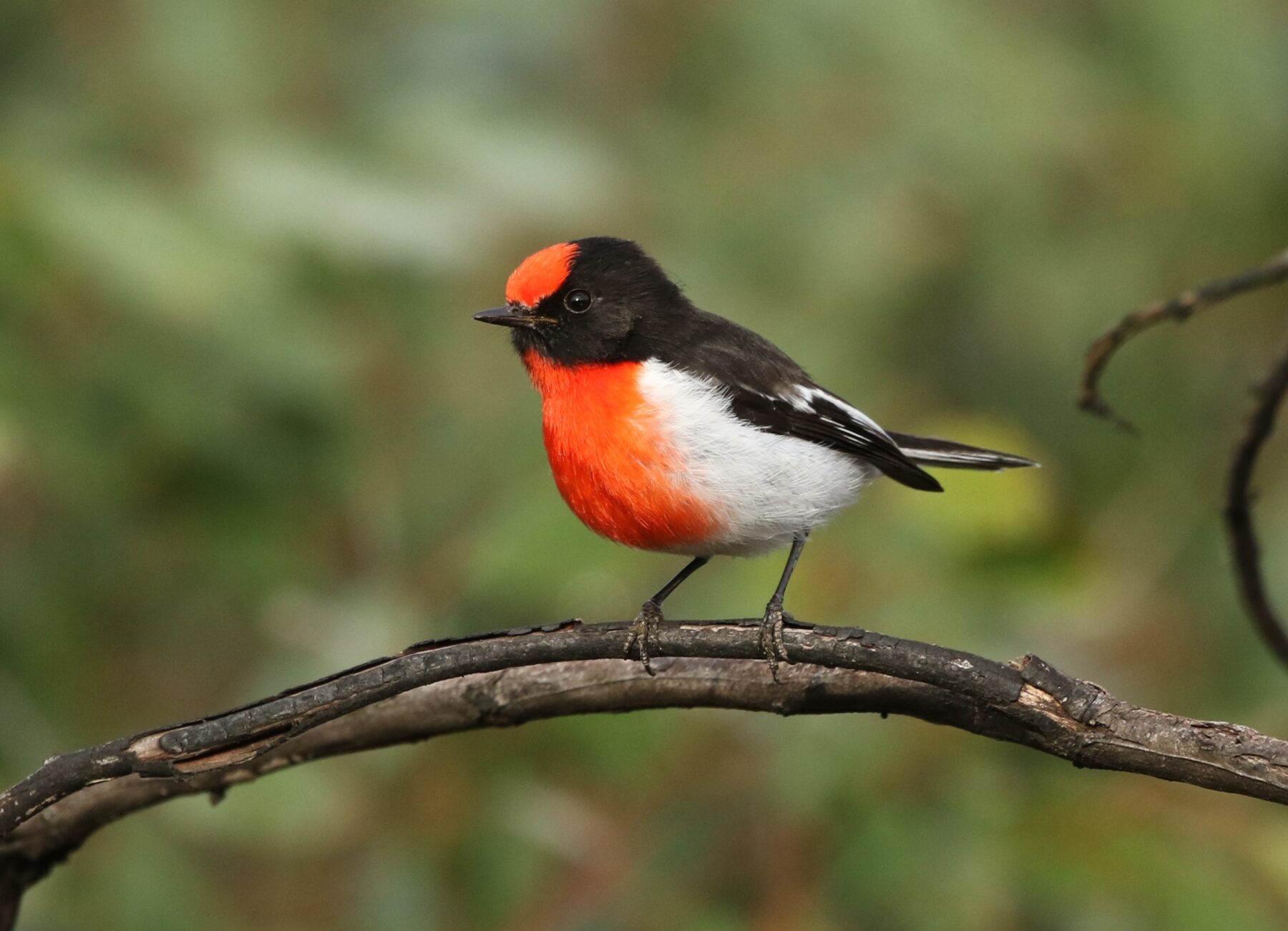
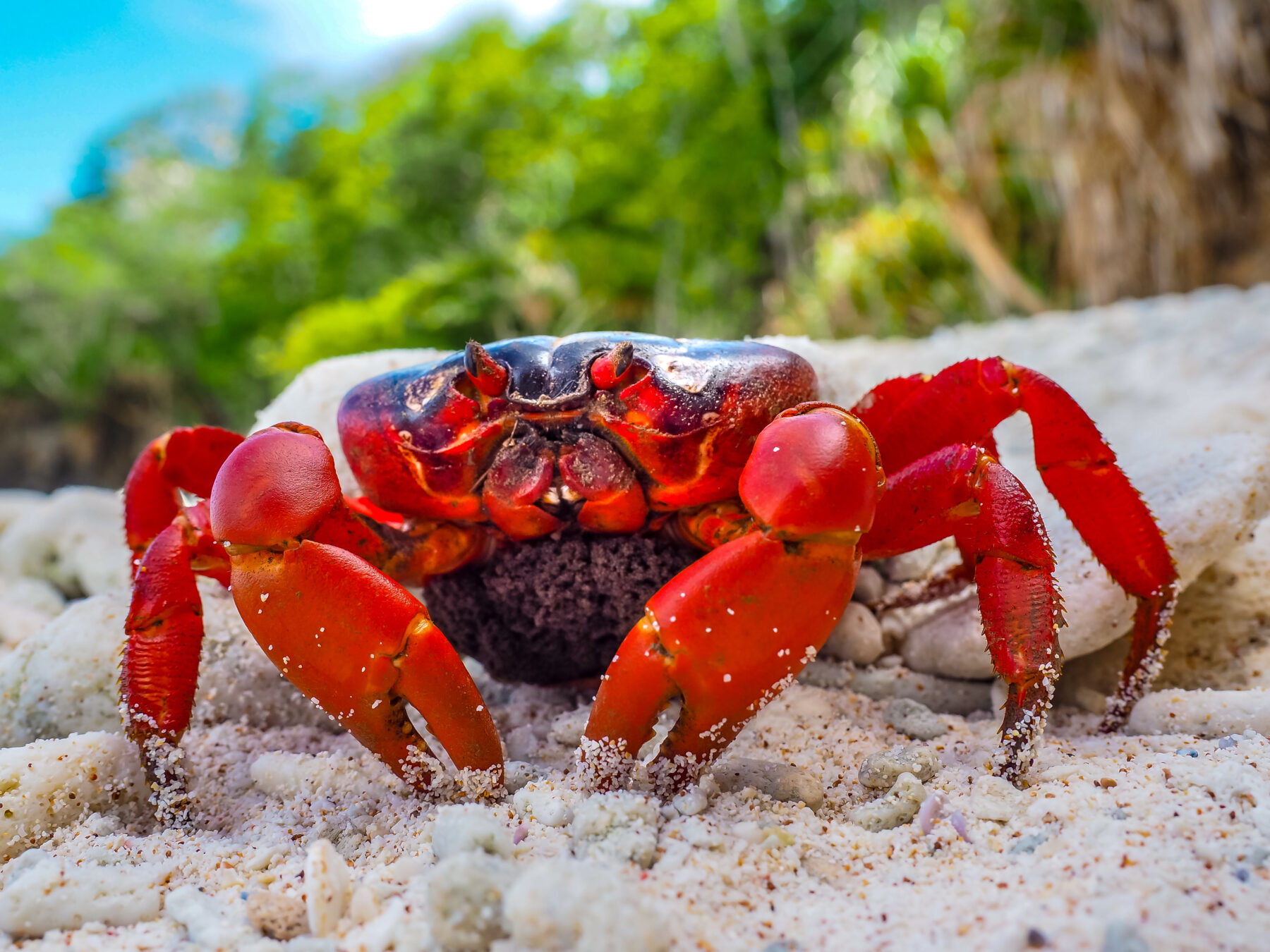
Like Jackie French, Tony believes celebrating local wildlife helps create a distinctly Australian Christmas experience.
“I grew up in a remote part of Australia on the edge of a desert,” Tony says. “As kids we were exposed to reindeer and fake snow on the tree when it was 40 degrees [Celsius] outside. I didn’t understand the whole winter theme of Christmas. There is so much that is unique and spectacular about our own wildlife. It is part of our national identity and our way of life in the great outdoors.”
Festive Aussie flora
There’s one plant species celebrated on TNC Australia’s list. It’s the spectacular orange-flowering Moodjar, also known as mungee or the West Australian Christmas tree. It’s a tree of deep significance to First Nations Noongar people.
For Noongar and Yamatji artist Biara Martin, the Moodjar is an enduring connection to her ancestors.
“When it’s flowering it’s the first thing you notice, the flowers all over the tree. It really stands out in the landscape,” Biara says.
“The tree represents part of our way of life of travelling with the seasons. When the Moodjar tree bloomed it was a signal to our people to come back to the coast for fishing and crabbing and gathering local plants.”
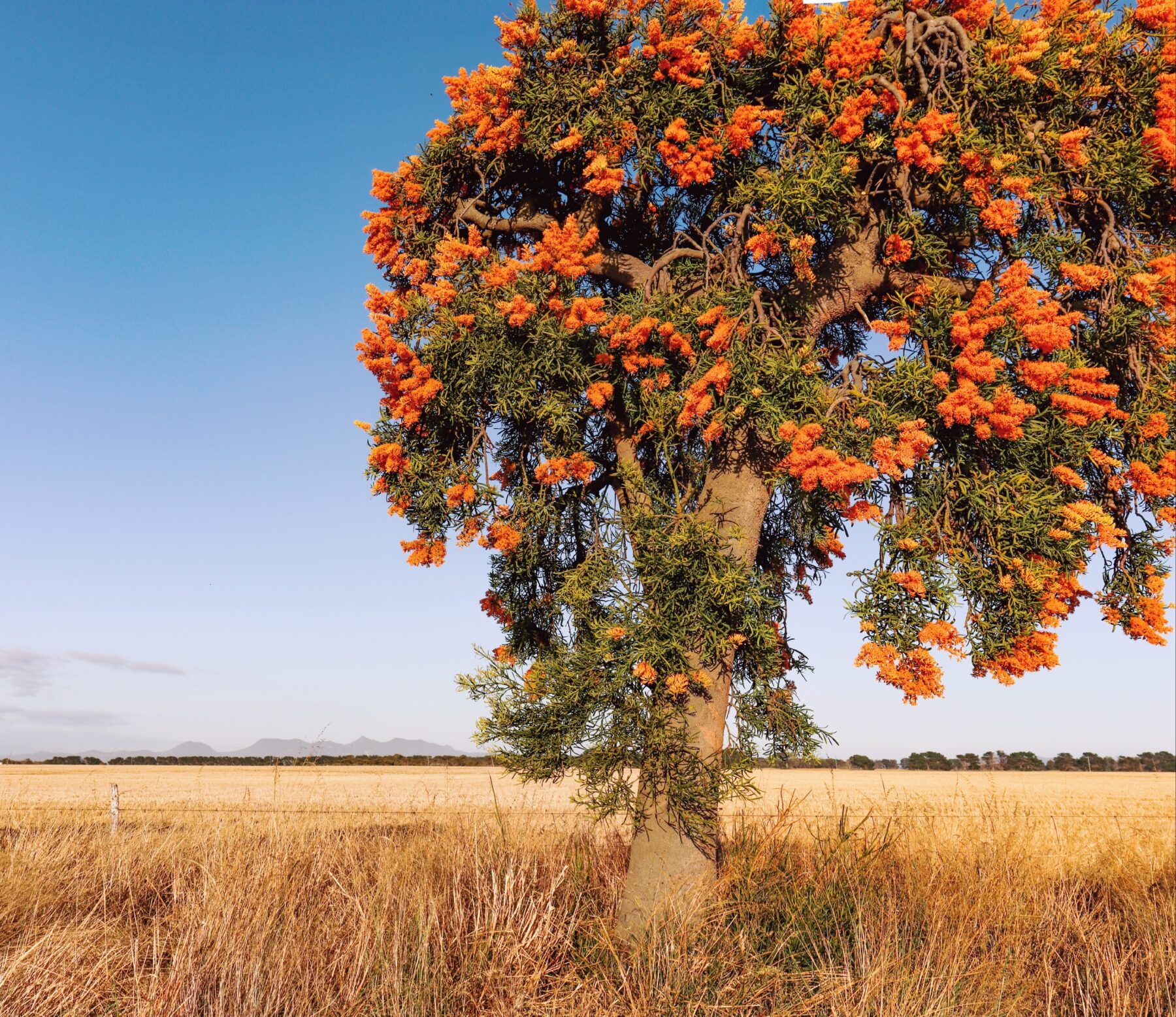
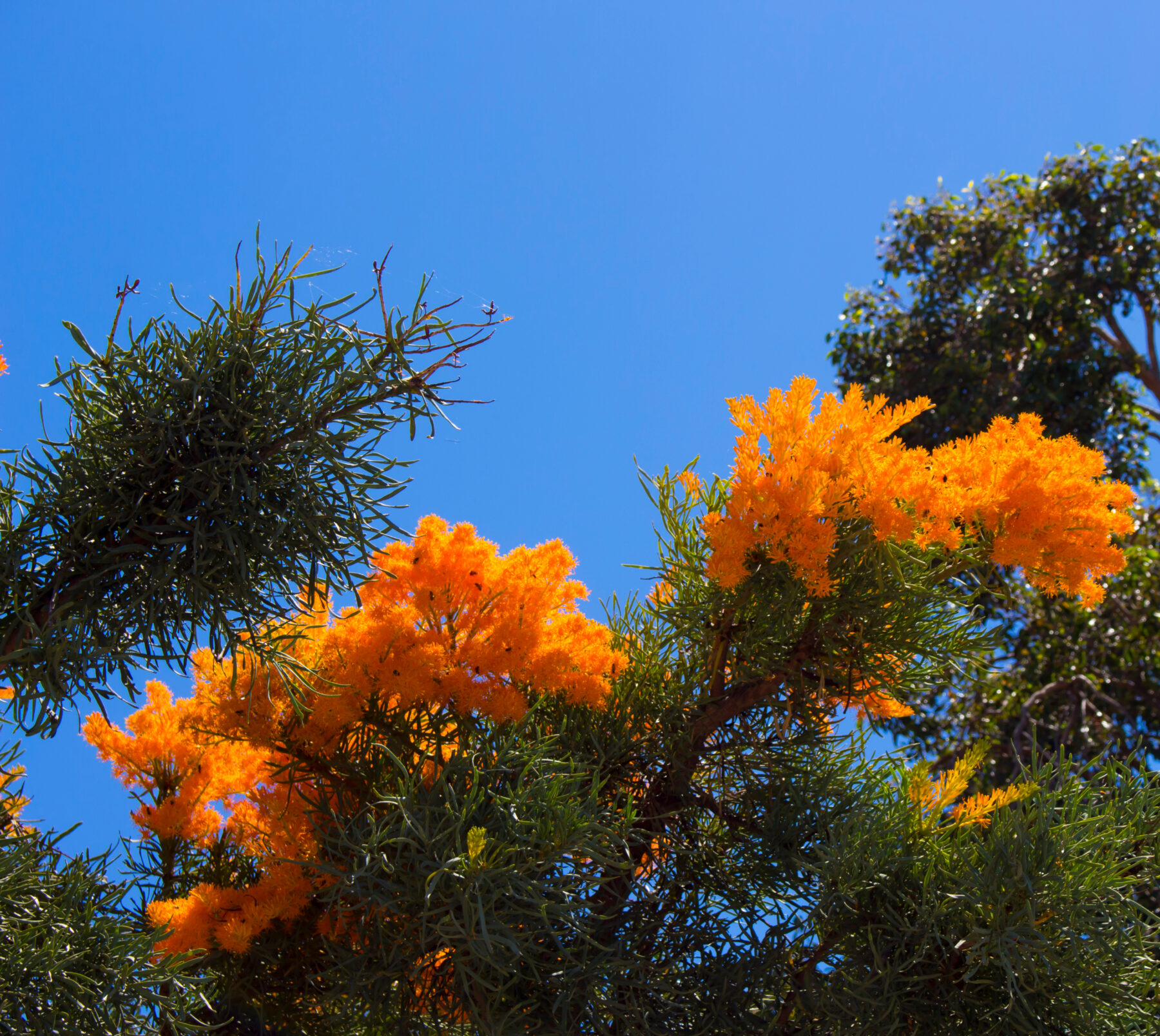
Biara’s artwork depicting the Moodjar tree featured in a video installation in Perth last Christmas. Biara’s aunty Rose Walley developed the idea for the project and shared the story of the Moodjar tree’s deep cultural significance. Biara created the designs for the exhibition based on her Aunty’s concept and worked with animation and lighting experts to bring it to life.
“The installation was spectacular,” Biara says. “The lighting and the animated butterflies and animals with the Moodjar tree were amazing.
“Most of my art features our traditional landscapes, native animals and plants. I love that I can share our culture and the beauty of our Country and encourage respect for the land.”
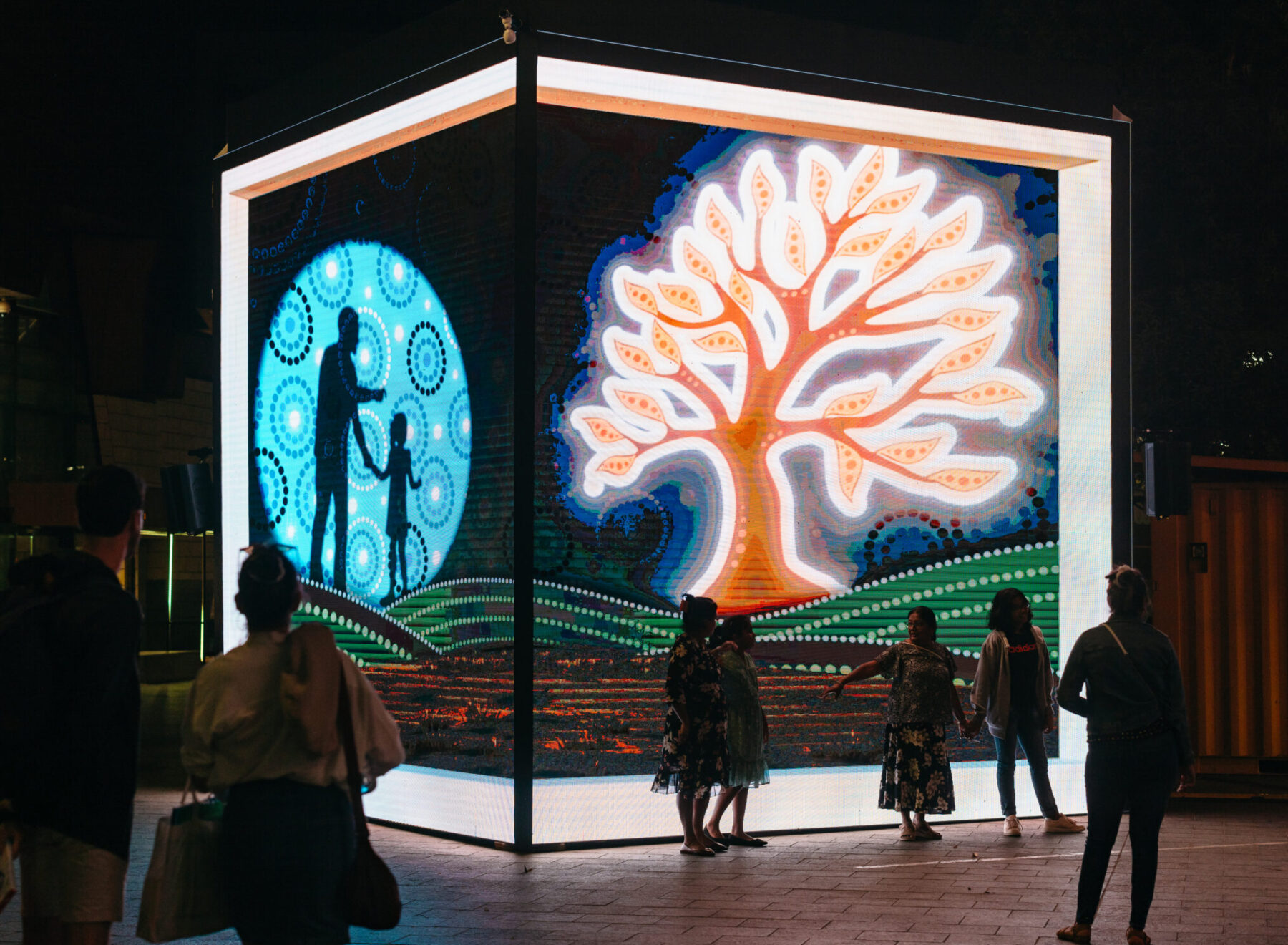
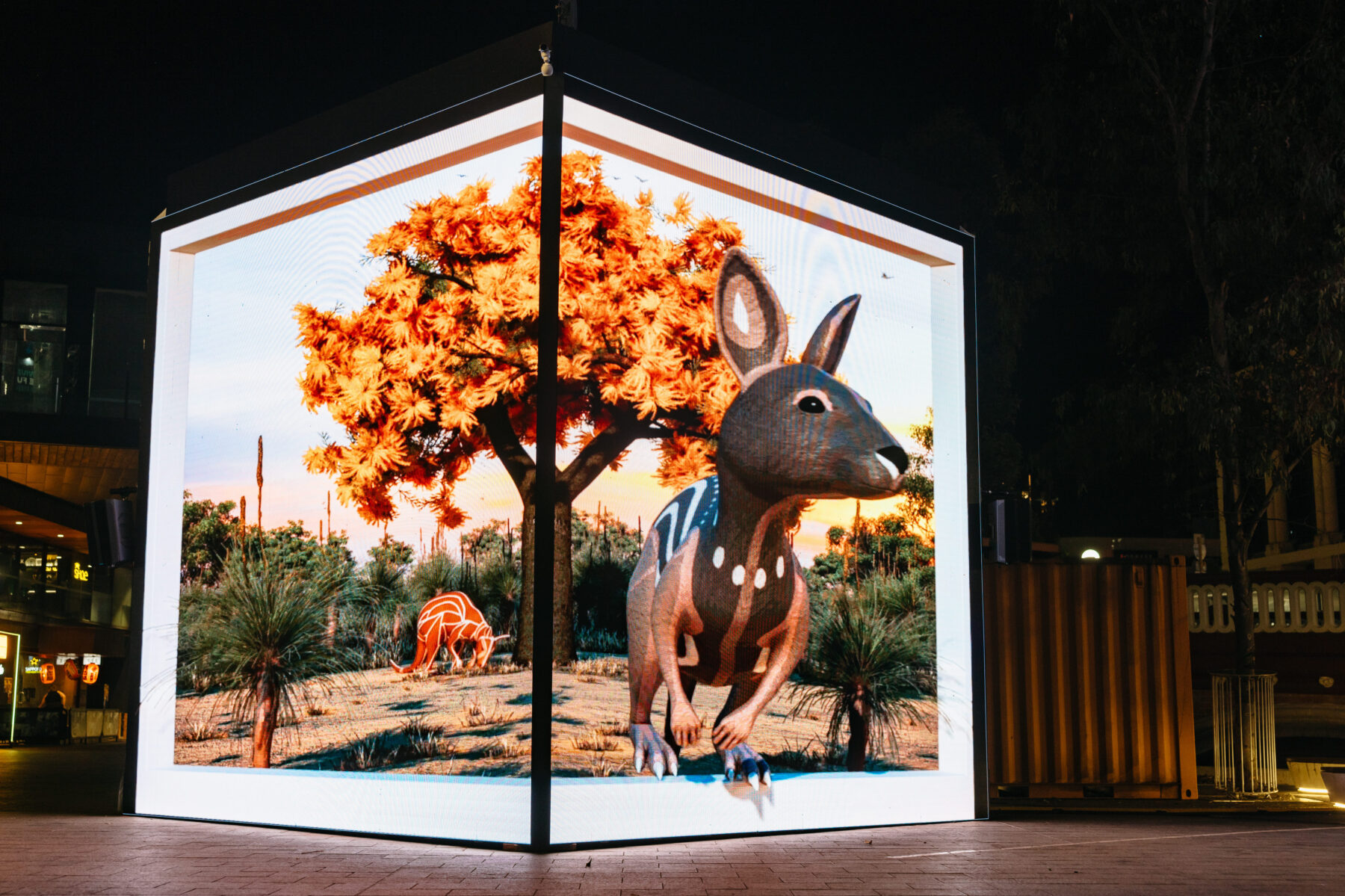
On a continent as diverse as Australia, with so many cultures and communities and ways of marking Christmas, 25 December means a lot of different things to different people. But Australian wildlife lovers are clearly finding inspiration in nature at Christmas as much as they do on every other day of the year.
“No-one ever made a decision that we needed to have an Australian Christmas,” author Jackie French says. “It has evolved that way. The Australian character and the Australian culture are still evolving. Our Christmas traditions are still evolving.”
For artist Biara the flowering of the Moodjar tree at this time of year is deeply associated with family.
“The Moodjar tree represents Christmas for me in my own family traditions, Christmas meant a lot to my grandmother,” she says. “She would organise family gatherings at this time of year. And she loved the Moodjar tree.”
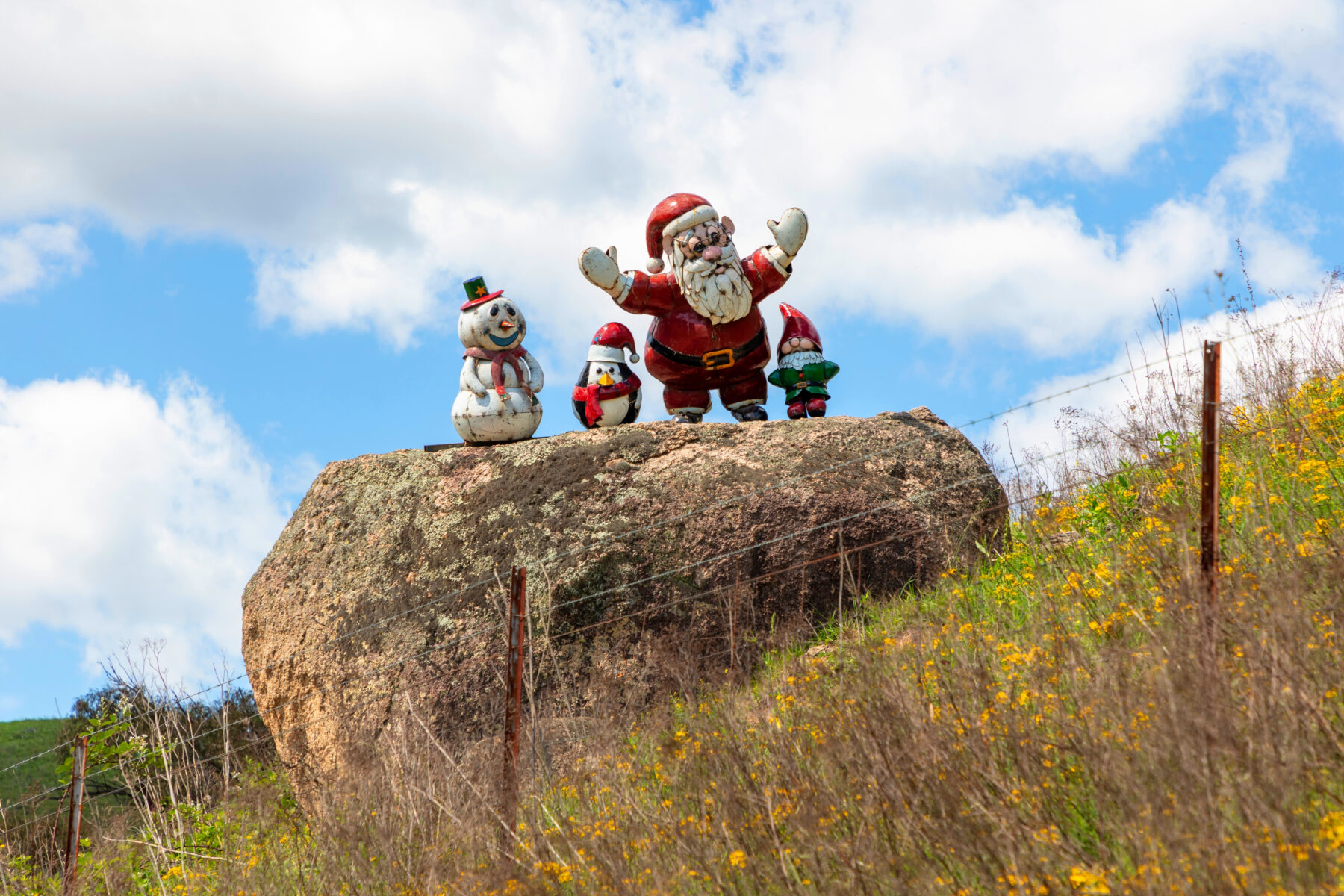
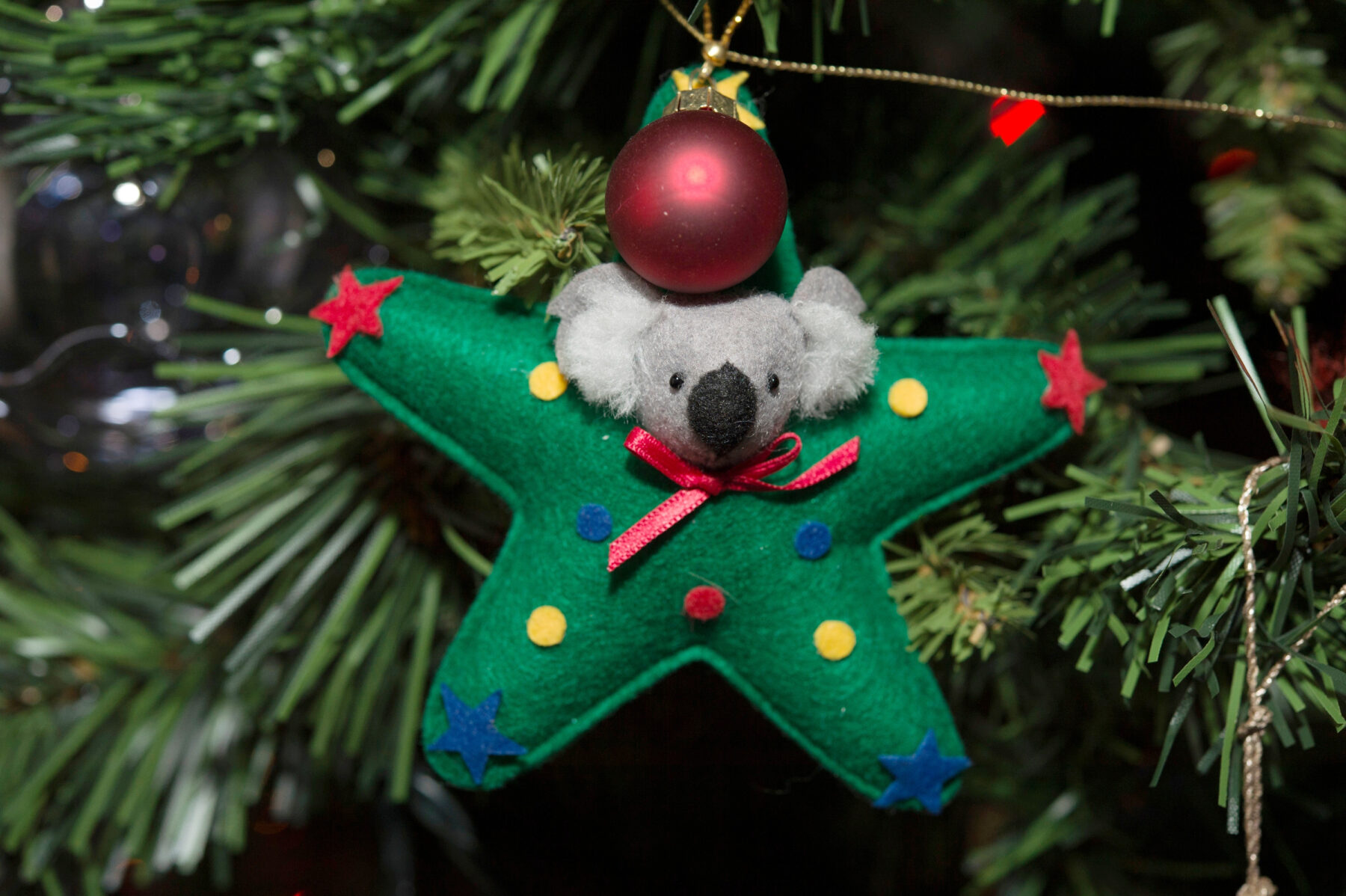
For TNC Australia’s Tony Jupp, celebrating Australian wildlife at Christmas provides inspiration for the coming year’s advocacy.
“So much of our messaging can be depressing when we talk about climate change and the biodiversity crisis. But especially at Christmas people might be looking for something more cheerful,” he says.
“And there is still plenty to be cheerful about in the beauty and fascination and resilience of nature. If we address the threats to nature, nature can bounce back.”
